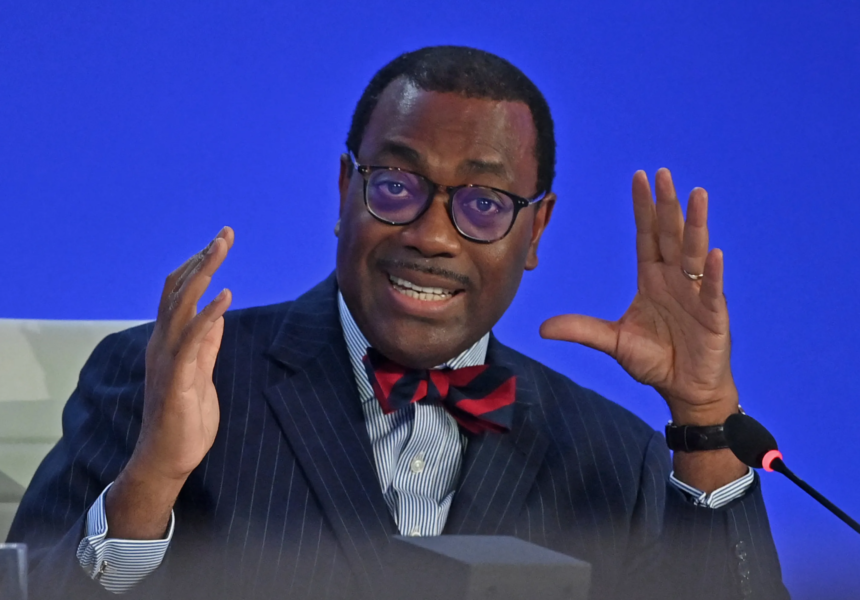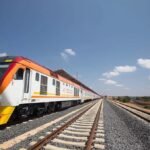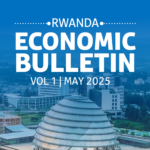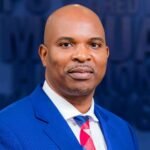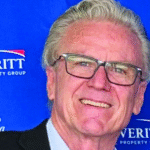As Akinwumi Adesina prepares to step down after a decade at the helm of the African Development Bank (AfDB), he leaves behind a legacy of transformation and progress. Speaking at the bank’s annual meeting in Abidjan, his final address as president struck a tone of both reflection and resolve. He underscored the critical task awaiting his successor: ensuring Africa takes full ownership of its development agenda in an increasingly unpredictable global landscape.
“Africa must rethink how it mobilises and retains capital, leveraging its own wealth to shape its destiny,” Adesina asserted. He emphasised that the next leader must possess not only a bold vision for the continent but also the tenacity to pursue it, even in the face of formidable challenges. “Defending Africa’s interests demands unwavering dedication and integrity,” he said. “Leadership requires resilience, staying the course despite setbacks.”
The candidates vying for the presidency bring diverse expertise and regional perspectives. Among them are South Africa’s Swazi Tshabalala Bajabulile, Mauritania’s Sidi Ould Tah, Senegal’s Amadou Hott, Zambia’s Samuel Maimbo, and Chad’s Abbas Mahamat Tolli. Whoever emerges victorious will inherit an institution far stronger than it was a decade ago. “The AfDB of today is not the same as the one I took over in 2015,” Adesina noted with pride.
Adesina’s tenure has been defined by ambitious reforms and measurable impact. Recalling his first board meeting in September 2015, he spoke of his commitment to transforming the bank into a dynamic force for African development. “I pledged then to embark on a journey of change, and today, I am proud of what we have achieved together, serving Africa with passion, accountability, and a relentless drive for progress.”
One of the most significant milestones under his leadership has been the dramatic expansion of the bank’s financial capacity. The AfDB’s capital base surged from $93 billion in 2015 to $318 billion, a historic feat. Additionally, the African Development Fund, the bank’s concessional lending arm, secured its largest-ever replenishment, raising $8.9 billion to support the continent’s most vulnerable economies.
Central to Adesina’s strategy has been the “High 5s” initiative, a blueprint focusing on five key priorities: powering Africa, feeding Africa, industrialising the continent, integrating its economies, and improving quality of life. This approach, he argued, has shifted the bank’s focus toward tangible, human-centred outcomes.
“These are not just abstract targets,” he stressed. “They represent real change.” Under the High 5s, 128 million people gained access to better healthcare, 121 million benefited from improved transport, and 104 million achieved food security. A further 63 million gained access to clean water, 34 million to sanitation, and 28 million to electricity. “Behind these numbers are lives transformed, opportunities unlocked, and hope rekindled.”
As he prepares to hand over the reins, Adesina expressed confidence in the institution’s future. “The AfDB is now a robust, resilient financial powerhouse, capable of weathering any storm,” he said. His final message was one of optimism, for the bank, for Africa, and for the next leader tasked with carrying the vision forward. The journey, he made clear, is far from over.



